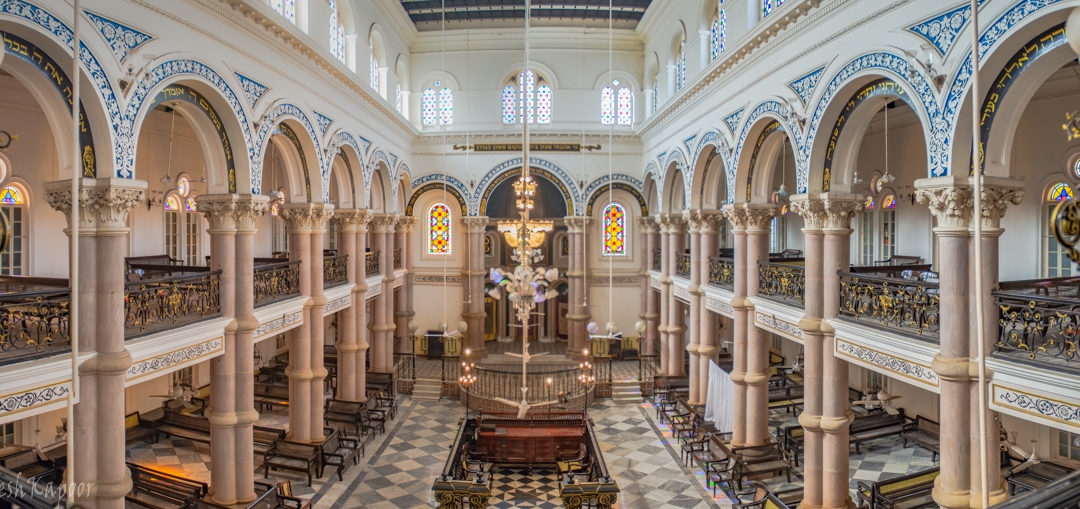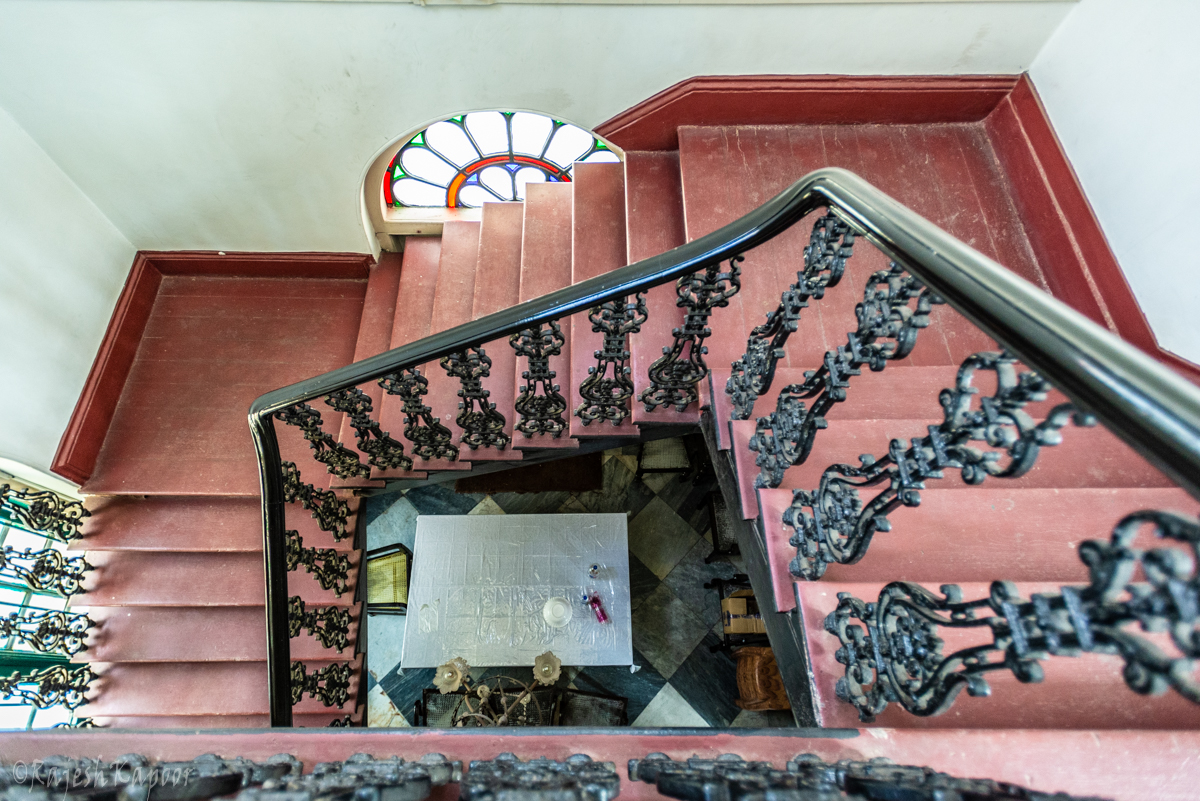In the 18th century, some Jews from Basra and Baghdad migrated to Surat, an important trading centre on the Western coast of India. By the end of the eighteenth century, about hundred Jews from Aleppo, Baghdad, and Basra had set up their trading businesses at Surat. These Arabic-speaking Jew merchants came to be known as ‘Baghdadi’ Jews.
Later on, with the British Presidency ports of Bombay and Calcutta gaining primacy in trade, these Jews too moved to Bombay and Calcutta. However, initially, they kept only temporary residences in Calcutta. Shalom Obadiah ha-Cohen is the first known Jew who settled in Calcutta towards the end of the 18th century. Many Jews followed over the next decades and century and the population of the Baghdadi Jews grew many fold. It is only from the time of the first real census of Calcutta in 1866 that we have some authentic headcount of the population of Calcutta.
Population of Jews in Calcutta as per Census Data
| Year | Total | Male | Female |
|---|---|---|---|
| 1866 | 681 | 351 | 330 |
| 1872 | 506 | ||
| 1881 | 986 | 480 | 506 |
| 1891 | 1387 | 683 | 704 |
| 1901 | 1889 | 917 | 972 |
| 1911 | 1919 | 933 | 986 |
| 1921 | 1820 | 896 | 924 |
| 1931 | 1829 | 931 | 898 |
| 1941 | 2585 | 1271 | 1314 |
| 1951 | 2076 | 1012 | 1064 |
| 1961 | 1165 | 656 | 509 |
| 1971 | 48 | 26 | 22 |
Jew merchants became rich and prominent
The community consolidated and several of the Jew merchants became rich and prominent. The Jewish community set up its own synagogues, schools and hospitals. Many of these stand even today. The most prominent family was that of David Joseph Ezra, largest owner of property in Calcutta. He built many Jewish properties standing today and provided employment opportunities to many Jews in his businesses. He was knighted in 1927.
Cohen built the first synagogue in Calcutta, known as the Old Synagogue. The second synagogue, Neveh Shalom, situated in Canning street, was built in 1931. The Beth-El Synagogue was built in 1855-56. It was rebuilt and enlarged in 1885-86. Elias David Joseph Ezra, David’s daughter, constructed the Maghen David Synagogue, the largest in Asia, in the compound of the Neveh Shalom Synagogue. It opened in 1884.
The 1911 Census Report describes the Calcutta Jewish community thus –“They consist of two main classes, viz., domiciled Jews and Asiatic immigrants. A certain number of the former are European Jews, some of whom are Sephardim, i.e., descendants of the Spanish Jews that were driven out of Spain by the Inquisition. The latter are mostly newcomers from Arabia or Asiatic Turkey, who, when they arrive, are ignorant of English. Nearly one-third returned their language as English, and practically all the rest spoke either Hebrew or Arabic. Three-fifths were born in Calcutta and one-sixth in Arabia.”
By the early 20th century their preferred language was English and lifestyle European
Initially, Arabic in language, dress and culture, Baghdadi Jews became more and more westernised. They assimilated more with the British and the Europeans than with the natives. Though the language of the first generations of Jews in Calcutta was Judeo-Arabic, by the early 20th century their preferred language was English and lifestyle European. This was truer for the affluent Jewish families. However, they retained strict Jewish dietary and religious practises.
Many factors spurred the wealthy Jews to sell their businesses and move
Things changed rather rapidly after India gained independence in 1947. Having aligned themselves with Europeans and avoided native Indians socially, Baghdadi Jews were not supportive of the Indian independence movement. They were, therefore, not happy with this turn of events. The socialistic Indian government introduced strict economic regulations. Jews were not sure if they would be able to trade and flourish as under the British. The creation of the State of Israel coincided with this. Soon after, turmoil in the Middle East closed their traditional markets in Iraq and Egypt to them.
All these factors combined to spur the wealthy Jews to sell their businesses and move to Britain, North America, Canada and Australia.
Closure of large Jewish businesses left many Jews without jobs. In this situation, even the less affluent, who could, migrated to West. Only a small proportion migrated to Israel. The disintegration of this close-knit community led to social issues such as the marriage prospects of their children. This led to even more migration.
Today Baghdadi Jews in Kolkata number just 22
At its peak, at the time of independence of India in 1947, the population of Jews in Calcutta (primarily consisting of Baghdadi Jews) is estimated to be about 3000. It declined rapidly, thereafter and stood at a mere 48 in 1971.
Today they number just 22 souls.

























